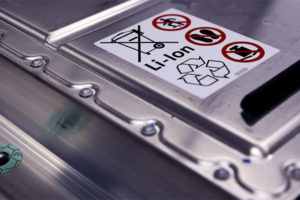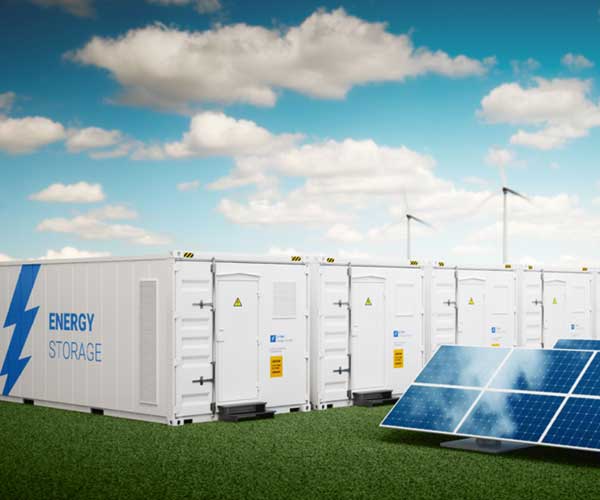- The U.S. is making a significant stride in promoting renewable energy with a $325 million investment in advanced battery storage.
- Spanning 17 states, 15 innovative projects aim to harness surplus energy more efficiently.
- This push symbolizes a shift towards a greener future, reducing dependency on non-renewable energy sources.
The U.S. Energy Department recently committed $325 million to support the development of advanced battery technologies aimed at enhancing the storage capacity of clean electricity.
These funds will be channeled to 15 distinct projects spanning 17 states, including an initiative by the Red Lake Nation, a Native American community in Minnesota.
The essence of such a significant investment lies in the increasing dependency on batteries to hold onto excess energy from renewable sources, such as wind and solar, for use during periods of no sun or wind.

How do you store renewable energy so it’s there when you need it, even when the sun isn’t shining or the wind isn’t blowing?
Christopher Rahn, a mechanical engineering professor at Pennsylvania State University, emphasized the nationwide challenge of intermittent renewable energy and highlighted the importance of storing energy produced during the day for nighttime use.
This latest financial push is geared towards long-term storage solutions that surpass the typical four-hour limit seen in conventional lithium-ion batteries.
Why Extended Battery Storage is Crucial
One of the critical barriers to a cleaner environment and combating climate change is the inability to store renewable energy for extended periods. Efficient storage solutions could reduce the reliance on natural gas or coal-powered plants, which can be shut down when renewable energy storage is available.
Jodie Lutkenhaus, a chemical engineering professor at Texas A&M University, equated long-duration battery storage to a financial safety net, emphasizing its importance.
However, there are concerns about the materials used for these batteries. Lutkenhaus highlights the importance of using readily available and Earth-abundant materials to avoid over-mining elements like lithium. Amanda Smith from Project Drawdown notes that areas experiencing rapid growth in renewable energy, such as California, New York, and Hawaii, are showing immense interest in prolonged energy storage technologies.

A lithium-ion (Li-ion) battery is an advanced battery technology that uses lithium ions as a key component of its electrochemistry. During a discharge cycle, lithium atoms in the anode are ionized and separated from their electrons. (Ronny Hartmann / AFP / Getty Images)
These funded projects offer an array of batteries, with some boasting power output for up to 100 hours.
Key Projects Highlighted by the Bipartisan Infrastructure Law of 2021
– A collaboration between Xcel Energy and battery manufacturer Form Energy seeks to establish two 10-megawatt batteries with a 100-hour lifespan. These will replace coal plants in Becker, Minnesota, and Pueblo, Colorado, capitalizing on new incentives for businesses transitioning to clean power at pre-existing energy locations.
– The California Energy Commission, working with Faraday Microgrids, will position a battery system in California’s Valley Children’s Hospital in Madera to ensure consistent power amidst threats of natural calamities.
– The Second Life Smart Systems initiative plans to repurpose still-powerful old electric vehicle batteries to act as backup power sources at various locations including senior centers and housing complexes.
– Rejoule, a company specializing in battery diagnostics, proposes a similar strategy, using retired EV batteries for locations such as Petaluma, California, and Santa Fe, New Mexico.
Energy Undersecretary for Infrastructure, David Crane, believes that these ventures will demonstrate the scalability of the technologies, assisting utilities in planning and initiating a reduction in costs. As Elisabeth Moyer from the University of Chicago points out, while affordable batteries are key to renewable energy transition, it’s also vital to address material availability and waste generation issues.










Comments